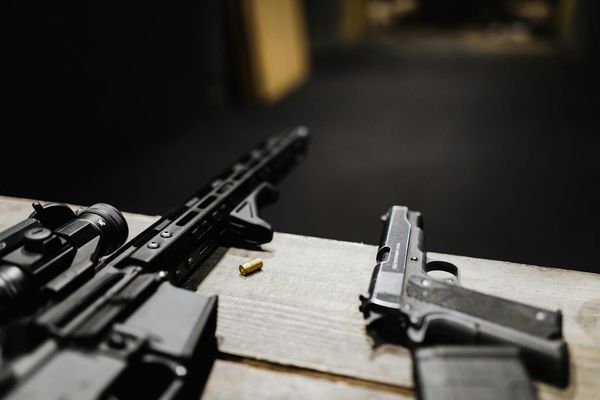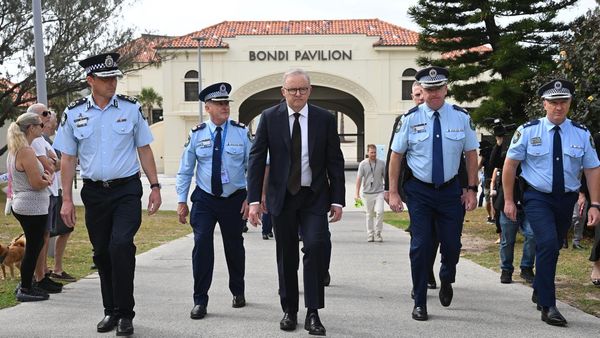
Two U.S. Navy aircraft crashed during separate operations over the South China Sea on Sunday, prompting swift rescue efforts and an ongoing investigation into the cause. President Donald Trump, speaking aboard Air Force One, said he does not suspect foul play in either incident and cited faulty fuel as a possible explanation.
President Briefed on Crashes Near USS Nimitz
During an informal press gaggle, Trump confirmed he had been briefed on the incidents involving a Sea Hawk helicopter and an F/A-18 Super Hornet fighter jet, both operating from the aircraft carrier USS Nimitz. 'They're going to let me know pretty soon,' Trump said. 'It could be bad fuel. I mean, it's possible it's bad fuel. Very unusual that that would happen.'
When asked directly whether he believed foul play was involved, Trump responded, 'No, I don't. They think it might be bad fuel.'
Timeline of the Incidents
According to the U.S. Pacific Fleet, the first crash occurred at approximately 2:54 p.m. local time. An MH-60R Sea Hawk helicopter assigned to Helicopter Maritime Strike Squadron 73, known as the 'Battle Cats,' went down during routine operations from the USS Nimitz (CVN 68). All three crew members were rescued and are in stable condition.
Roughly 30 minutes later, an F/A-18F Super Hornet assigned to Strike Fighter Squadron 22, the 'Fighting Redcocks,' also crashed during flight operations. The two aviators aboard successfully ejected and were recovered by search-and-rescue teams. They were transported back to the Nimitz and are also reported to be in stable condition.
Navy Investigation Underway
The Navy has not released a definitive cause for either crash but confirmed that investigations are ongoing. The possibility of contaminated or faulty fuel is being considered, though no official findings have been announced. The incidents occurred during the final deployment of the USS Nimitz, which has served in the U.S. Navy for 50 years and is scheduled for retirement following this tour.
South China Sea – On October 26, 2025 at approximately 2:45 p.m. local time, a U.S. Navy MH-60R Sea Hawk helicopter, assigned to the “Battle Cats” of Helicopter Maritime Strike Squadron (HSM) 73 went down in the waters of the South China Sea while conducting routine operations
— U.S. Pacific Fleet (@USPacificFleet) October 26, 2025
Operational Context and Safety Response
Carrier Strike Group 11, operating alongside the Nimitz, responded rapidly to both incidents. The Navy emphasized that the crashes occurred during routine operations and that safety protocols were followed in the recovery of all personnel.
No additional details have been provided regarding the location of the carrier or the operational status of the aircraft involved, citing security concerns. The Navy has also not indicated whether similar aircraft across the fleet will undergo fuel inspections.
Broader Implications
The back-to-back crashes have raised questions about maintenance standards and operational risks in contested regions like the South China Sea. While Trump's comments suggest confidence in the Navy's internal review, the incidents come at a time of heightened geopolitical tension in the region.
As of Monday morning, all five crew members involved in the crashes remain in stable condition, and further updates from the Navy are expected in the coming days.







